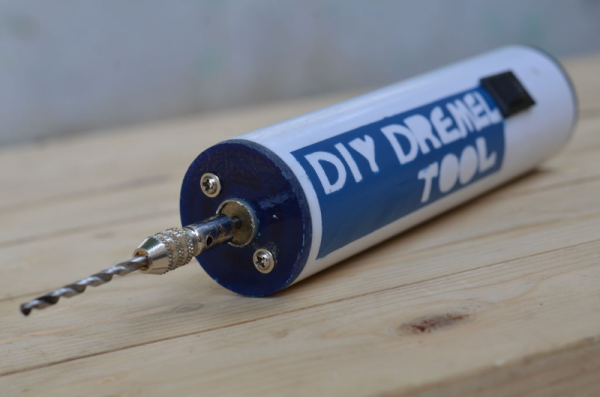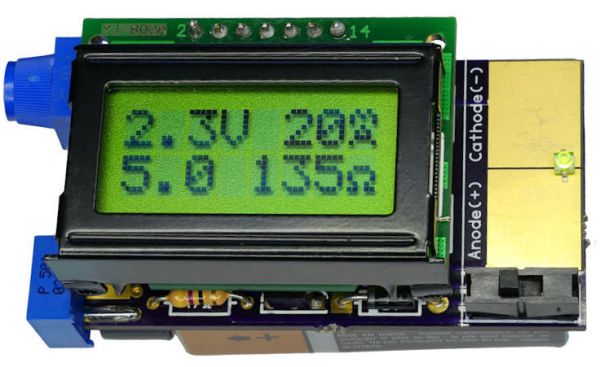Hose clamps have been around as long as we’ve been using flexible hoses. Usually, a clamp consists of a slotted metal strap, and a screw for tightening. Most of us know how quickly they slip when you want to add a bit more torque, or the frustration of not having the right size. Fortunately [Max Egorov] reminded us of DIY wire clamps (video after the break), an excellent alternative that is very effective, covers an infinite size range and is easy to make with a simple tool.
The wire clamp is in effect a doubled girth hitch, that is pulled tight with the ends bent over to keep the tension. [Max] shows you how to easily make your own clamper tool with basic tools and a few bits of steel. Making it as ornate as his one is definitely not required. You can also buy a commercial tool that is sold under the name ClampTite, which uses a leadscrew type design.
To achieve a tight seal with a hose clamp, the main requirement is constant pressure around its entire circumference. These wire clamps do this very well and are popular among aircraft mechanics, since flying in a plane with a leaky coolant or fuel hose could shorten your lifespan a bit. [Max] also demonstrates a variety of other uses for these including fixing tool handles and even building a ladder.
We love simple but effective tools like this, and we’ll definitely be adding one to our toolbox. Have you used these before? Let us know in the comments!
There is (almost) never such a thing as too many tools, and making your own is very satisfying. We’ve seen people build an outfit a complete carpentry workshop using plywood, and build sheet metal press brake with no welding.
Thanks [Keith O] for the tip!
Continue reading “Perfect Wire Hose Clamps With A Simple DIY Tool”

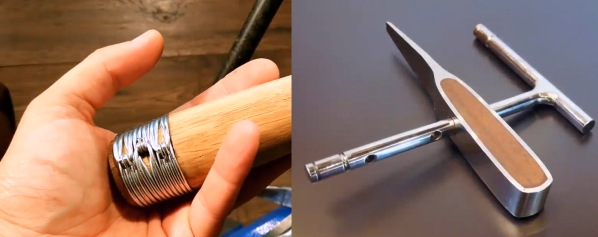
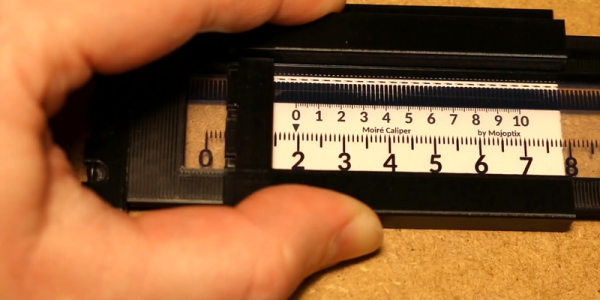
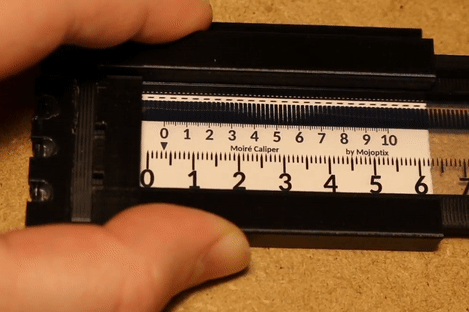
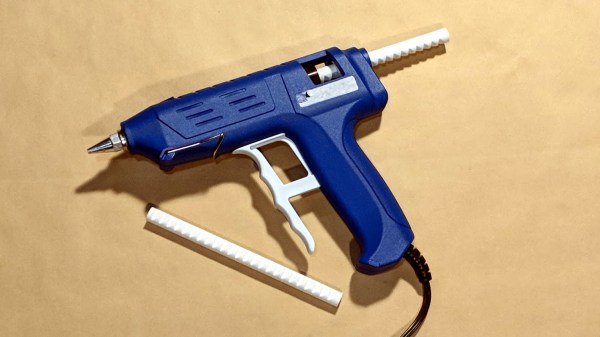
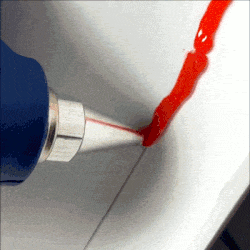 Some solutions come from no more than looking at two dissimilar things while in the right mindset, and realizing they can be mashed together. In this case I had recently segmented a large, hollow, 3D model into smaller 3D-printer-sized pieces and printed them all out, but found myself with a problem. I now had a large number of curved, thin-walled pieces that needed to be connected flush with one another. These were essentially butt joints on all sides — the weakest kind of joint — offering very little surface for gluing. On top of it all, the curved surfaces meant clamping was impractical, and any movement of the pieces while gluing would result in other pieces not lining up.
Some solutions come from no more than looking at two dissimilar things while in the right mindset, and realizing they can be mashed together. In this case I had recently segmented a large, hollow, 3D model into smaller 3D-printer-sized pieces and printed them all out, but found myself with a problem. I now had a large number of curved, thin-walled pieces that needed to be connected flush with one another. These were essentially butt joints on all sides — the weakest kind of joint — offering very little surface for gluing. On top of it all, the curved surfaces meant clamping was impractical, and any movement of the pieces while gluing would result in other pieces not lining up.